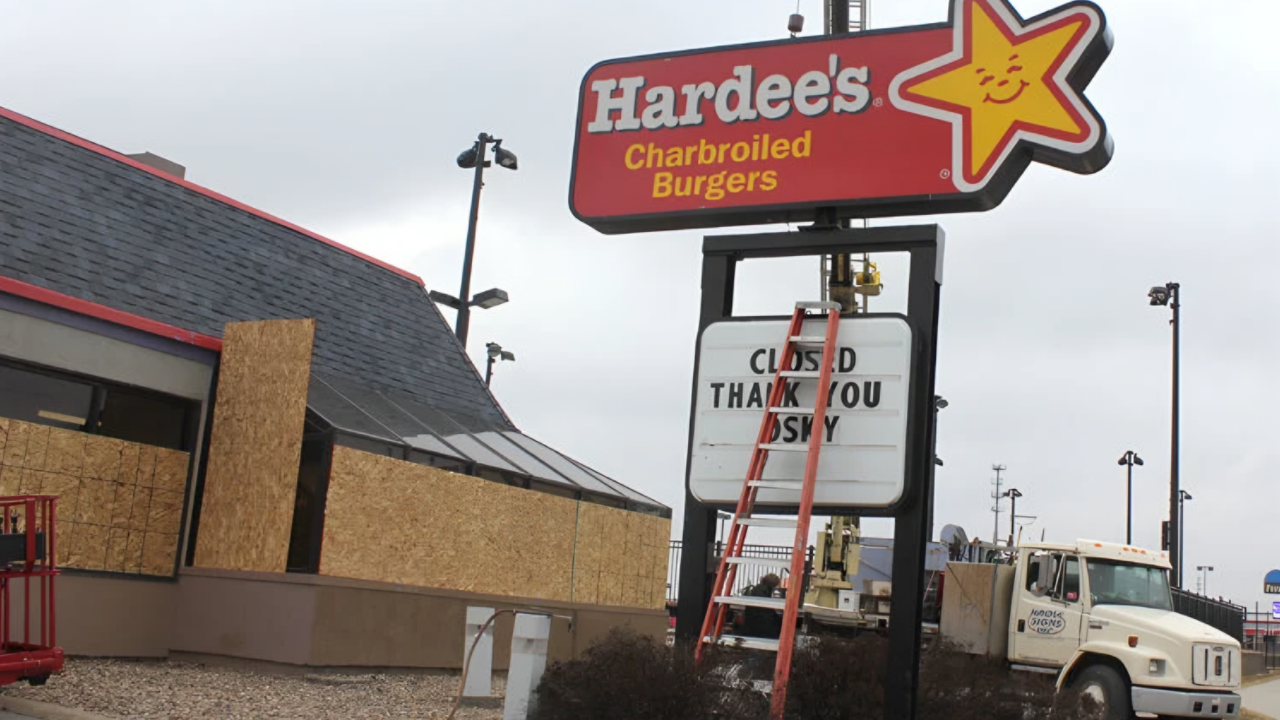
Hardee’s, a fast-food chain established in 1960, is rapidly vanishing from Minnesota’s landscape. In November 2025, the chain shuttered at least six locations across the state, with local reports indicating even more closures. Once a familiar presence in towns large and small, Hardee’s now maintains only a fraction of its former Minnesota footprint, leaving many communities without a longtime dining option.
Mankato, Willmar, and Rural Towns Lose Longtime Outlets
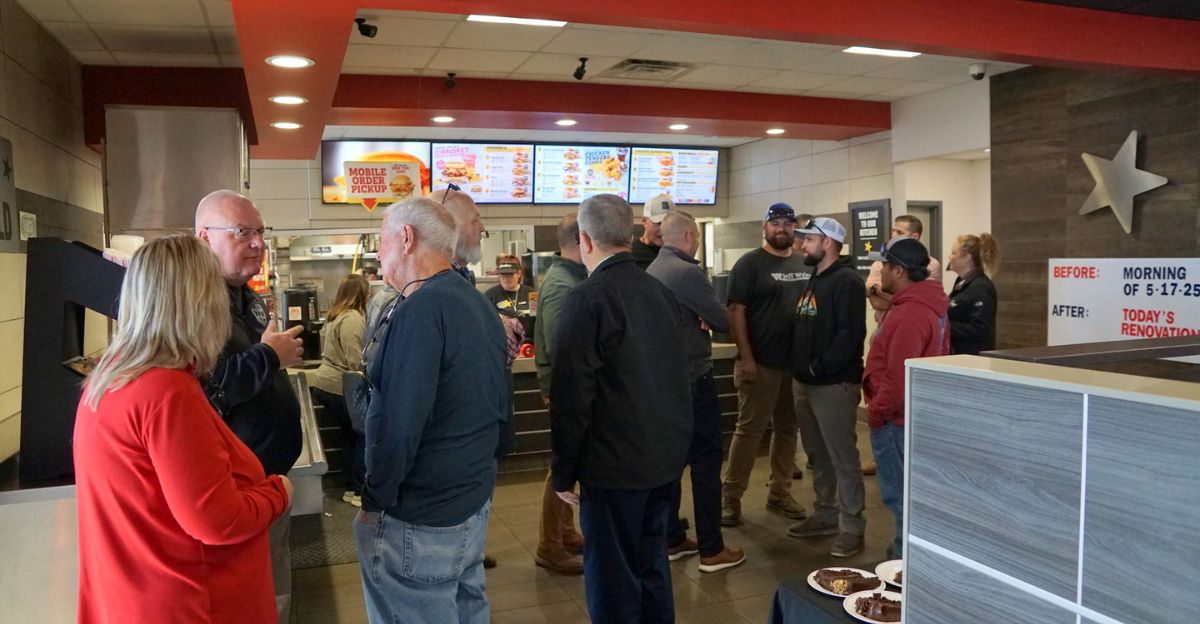
The closures have been especially pronounced in Greater Minnesota. In Mankato, both Hardee’s restaurants—one on Highway 169/14 and another on Madison Avenue—closed within weeks of each other, erasing the brand from a key regional market. Willmar’s First Street location also shut down in mid-November, joining recently closed outlets in Marshall and Fairmont. These losses are keenly felt in rural areas, where Hardee’s often served as a rare fast-food alternative and a community gathering spot. Sleepy Eye’s Hardee’s has also closed, with its address removed from the company’s official website. Residents in several other towns have reported similar disappearances, underscoring the shrinking options for quick-service dining in outstate Minnesota.
A Shrinking Statewide Presence
Despite the wave of closures, Hardee’s still operates about 26 locations in Minnesota, primarily outside the Twin Cities metro. Remaining restaurants can be found in cities such as Faribault, New Ulm, Windom, Bemidji, Brainerd, Fergus Falls, Granite Falls, Hibbing, Hinckley, International Falls, Milaca, Moorhead, and Mora. However, this is a steep decline from the chain’s historical reach, and the future of these remaining outlets is uncertain as the company continues to contract.
National Struggles Mirror Local Decline
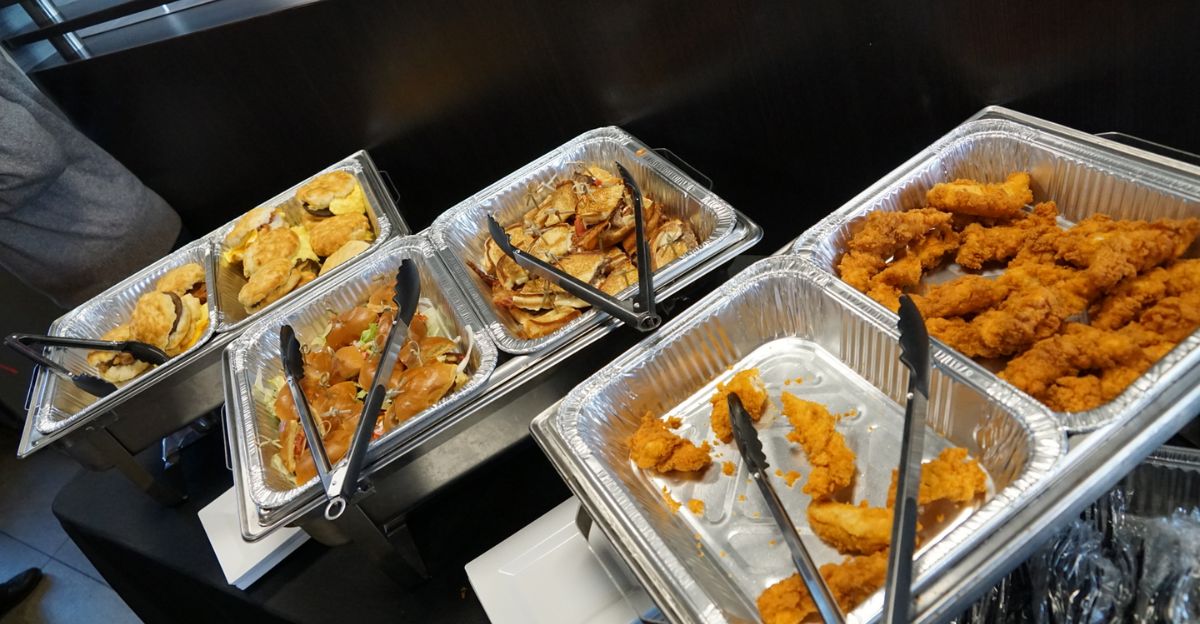
Minnesota’s Hardee’s closures are part of a broader national trend. Over the past decade, the chain has closed more than 200 U.S. locations, with roughly 150 of those closures occurring in just the last three years. Neighboring states like Iowa and North Dakota have seen similar patterns, pointing to systemic challenges within the franchise system rather than isolated regional issues. The company’s average restaurant revenue has dropped 3 percent over the past decade, now falling below $1.2 million annually. Rising labor costs, food inflation, and persistently thin profit margins have made it increasingly difficult for franchisees to remain profitable.
Franchisee Turmoil and Financial Headwinds
Financial pressures have led to significant upheaval among Hardee’s franchisees. In May 2023, Summit Restaurant Holdings, which operated more than 145 Hardee’s locations across several states, filed for Chapter 11 bankruptcy. The company cited declining customer traffic, high shipping and food costs, and a shrinking labor pool as key factors, and carried $22 million in secured debt at the time of filing. Other franchisees have clashed with corporate leadership over new mandates. Paradigm Investment Group, which runs 76 Hardee’s restaurants in the South, sued parent company CKE Restaurants in 2025, arguing that requirements for technology upgrades, third-party delivery, and loyalty programs would force them into bankruptcy. These disputes highlight deep divisions between franchisees and corporate management over the chain’s direction and financial sustainability.
Capital and Labor Challenges Compound Woes
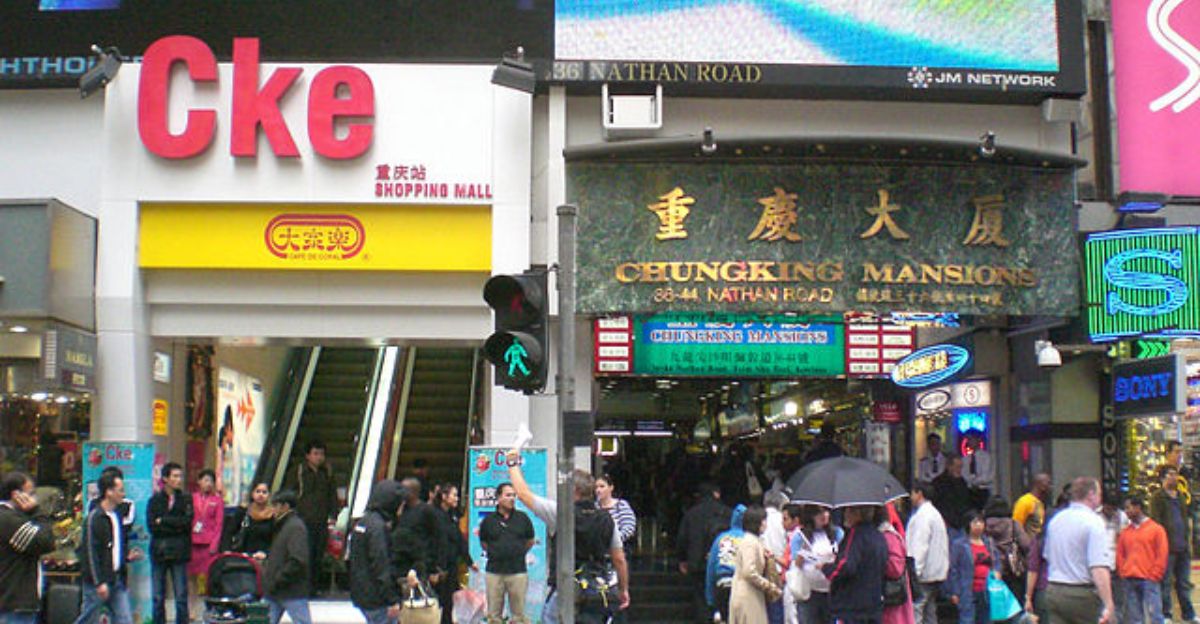
Access to capital has become another major obstacle. Major lenders, including BMO Harris, have withdrawn financing support for Hardee’s franchisees, citing the brand as too risky. This lack of funding makes it difficult for operators to renovate, expand, or even maintain existing locations. At the same time, rising wages and labor shortages have put additional strain on already tight margins. Many Minnesota Hardee’s locations, despite decades of operation, could not overcome these mounting operational pressures.
Changing Consumer Habits and Ownership Uncertainty
Hardee’s struggles are also tied to shifting consumer preferences. The chain’s breakfast service, once a cornerstone of its business, has suffered as pandemic-era changes in work and commuting patterns reduced morning traffic. Broader trends toward alternative fast-food concepts have further eroded Hardee’s market share. Since Roark Capital Group acquired a majority stake in CKE Restaurants in 2013, the Hardee’s brand has seen domestic system sales decline by 12 percent. Franchisees have criticized frequent changes in corporate strategy, which they say have created ongoing uncertainty and instability.
Community Impact and the Road Ahead
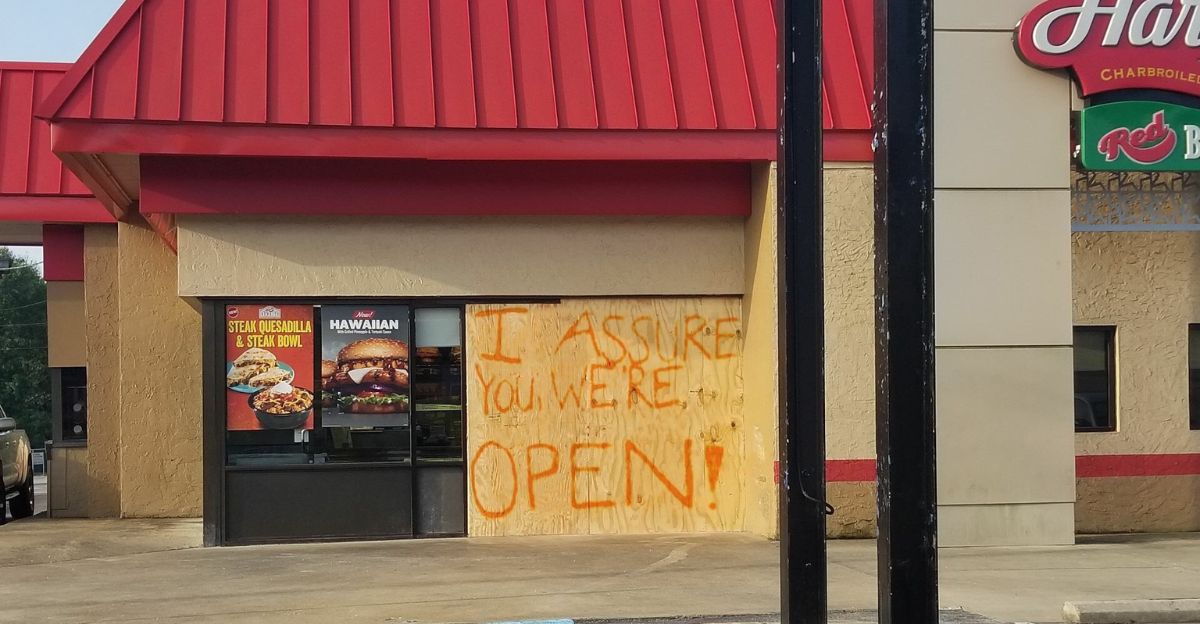
The closures have immediate consequences for Minnesota communities, eliminating local jobs and reducing entry-level employment opportunities. For small towns, the loss of a Hardee’s means fewer dining choices and a diminished local tax base. As the chain’s footprint continues to shrink, the remaining locations face mounting pressure to improve profitability and attract customers. Without significant operational changes, cost restructuring, or a renewed brand strategy, Hardee’s risks further contraction in Minnesota and beyond. The chain’s future now hinges on its ability to rebuild franchisee relationships, adapt to evolving consumer tastes, and restore financial health in a challenging fast-food landscape.